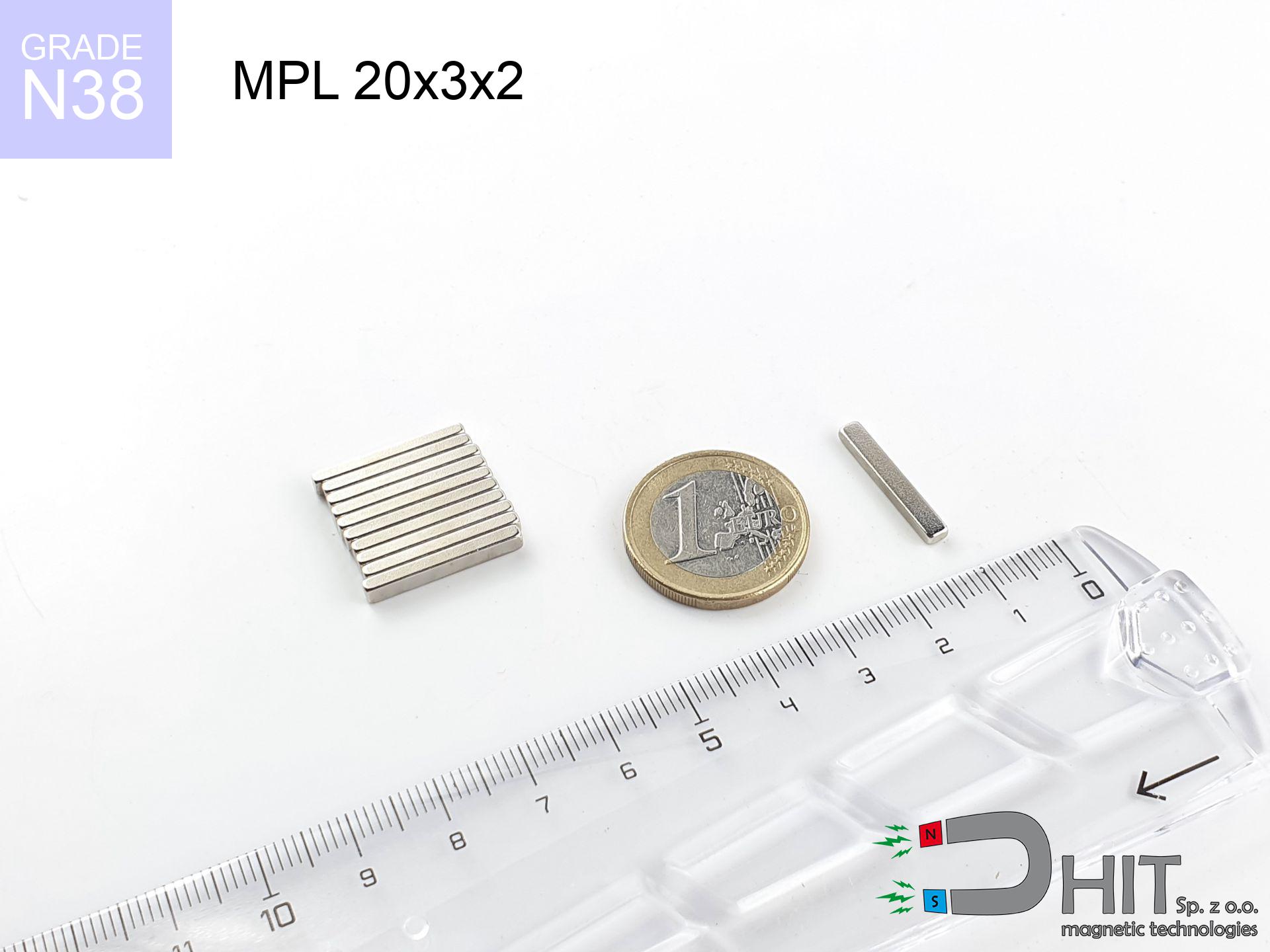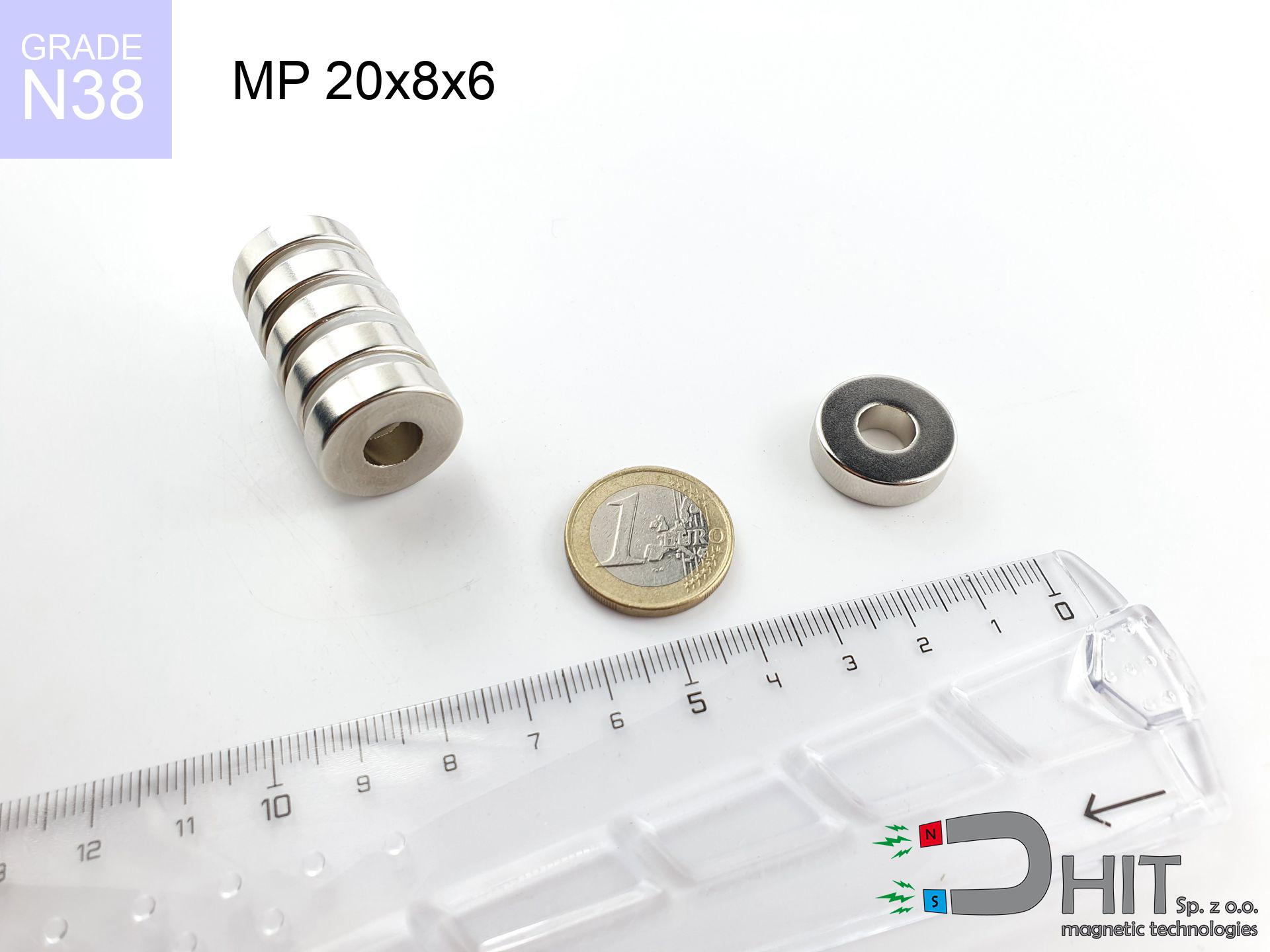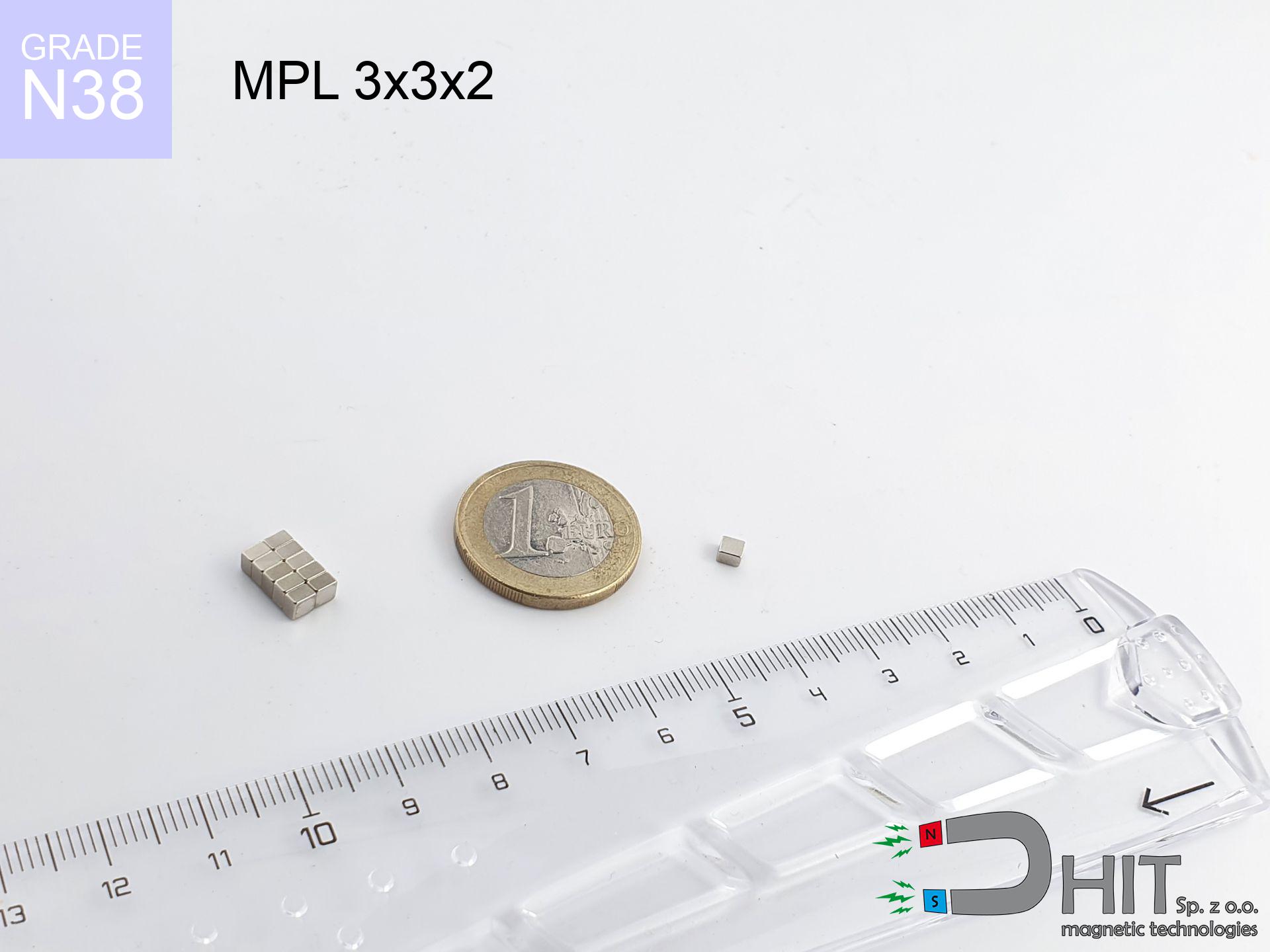SM 32x325 [2xM8] / N42 - magnetic roller
magnetic separator
catalog number 130378
GTIN: 5906301813262
diameter Ø
32
mm [±0,1 mm]
height
325
mm [±0,1 mm]
max. temperature
≤ 80
°C
catalog number 130378
GTIN: 5906301813262
diameter Ø
32 mm [±0,1 mm]
height
325 mm [±0,1 mm]
max. temperature
≤ 80 °C
971.70 ZŁ gross price (including VAT) / pcs +
790.00 ZŁ net price + 23% VAT / pcs
bulk discounts:
need more quantity?Want to talk about magnets?
Give us a call tel: +48 22 499 98 98 or write via form on our website. You can check the strength and the shape of neodymium magnets in our power calculator magnetic calculator
Orders placed by 2:00 PM will be shipped on the same business day.
Specification: magnetic separator 32x325 [2xM8] / N42
Magnetic properties of the material N42
Physical properties of sintered neodymium magnets Nd2Fe14B
Compilation of suggested goods
Advantages as well as disadvantages of neodymium magnets NdFeB.
In addition to immense strength, neodymium magnets have the following advantages:
- They do not lose their power (of the magnet). After about 10 years, their power decreases by only ~1% (theoretically),
- They are extremely resistant to demagnetization by external magnetic sources,
- In other words, thanks to the shiny coating of nickel, gold, or silver, the element acquires an aesthetic appearance,
- They have very high magnetic induction on the surface of the magnet,
- Magnetic neodymium magnets are characterized by very high magnetic induction on the surface of the magnet and can operate (depending on the shape) even at temperatures of 230°C or higher...
- Thanks to the flexibility in shaping or the ability to adapt to specific requirements – neodymium magnets can be produced in many variants of shapes or sizes, which enhances their versatility in applications.
- Wide application in modern technologies – are used in hard drives, electric drive mechanisms, medical equipment or various technologically advanced devices.
Disadvantages of neodymium magnets:
- They can break when subjected to a powerful impact. If the magnets are exposed to impacts, we recommend using magnets in a steel housing. The steel housing in the form of a holder protects the magnet from impacts and at the same time increases its overall strength,
- Magnets lose their power due to exposure to high temperatures. In most cases, when the temperature exceeds 80°C, these magnets experience permanent loss in strength (although it is worth noting that this is dependent on the form and size of the magnet). To avoid this problem, we offer special magnets marked with the [AH] symbol, which exhibit high temperature resistance. They can operate even at temperatures as high as 230°C or more,
- Due to their susceptibility to corrosion in a humid environment, we recommend using waterproof magnets made of rubber, plastic, or other moisture-resistant materials when using them outdoors,
- The use of a cover - a magnetic holder is recommended due to the limited production capabilities of creating threads or complex shapes in the magnet
- Potential hazard associated with microscopic parts of magnets can be dangerous, in case of ingestion, which is crucial in the context of children's health. Additionally, tiny parts of these products have the potential to hinder the diagnostic process when they are in the body.
Handle Neodymium Magnets with Caution
Dust and powder from neodymium magnets are flammable.
Do not attempt to drill into neodymium magnets. Mechanical processing is also not recommended. If the magnet is crushed into fine powder or dust, it becomes highly flammable.
Maintain neodymium magnets away from children.
Remember that neodymium magnets are not toys. Do not allow children to play with them. In the case of swallowing multiple magnets simultaneously, they can attract to each other through the intestinal walls. In the worst case scenario, this can lead to death.
Neodymium magnets can demagnetize at high temperatures.
Although magnets have demonstrated their effectiveness up to 80°C or 175°F, the temperature can vary depending on the type, shape, and intended use of the specific magnet.
Neodymium magnets are over 10 times more powerful than ferrite magnets (the ones in speakers), and their strength can shock you.
Make sure to review all the information we have provided. This will help you avoid harm to your body and damage to the magnets.
You should keep neodymium magnets at a safe distance from the wallet, computer, and TV.
Strong magnetic fields emitted by neodymium magnets can damage magnetic storage media such as floppy disks, credit cards, magnetic ID cards, cassette tapes, video tapes, or other devices. They can also damage televisions, VCRs, computer monitors, and CRT displays. You should especially avoid placing neodymium magnets near electronic devices.
Never bring neodymium magnets close to a phone and GPS.
Neodymium magnets are a source of strong magnetic fields that cause interference with magnetometers and compasses used in navigation, as well as internal compasses of smartphones and GPS devices.
Neodymium magnetic are extremely fragile, they easily break as well as can become damaged.
Neodymium magnets are highly fragile, and by joining them in an uncontrolled manner, they will crack. Neodymium magnets are made of metal and coated with a shiny nickel surface, but they are not as hard as steel. In the event of a collision between two magnets, there may be a scattering of fragments in different directions. Protecting your eyes is crucial in such a situation.
Neodymium magnets should not be near people with pacemakers.
Neodymium magnets generate strong magnetic fields. As a result, they interfere with the operation of a pacemaker. This happens because such devices have a function to deactivate them in a magnetic field.
The magnet is coated with nickel - be careful if you have an allergy.
Studies clearly indicate a small percentage of people who suffer from metal allergies such as nickel. An allergic reaction often manifests as skin redness and rash. If you have a nickel allergy, you can try wearing gloves or simply avoid direct contact with nickel-plated neodymium magnets.
It is crucial not to allow the magnets to pinch together uncontrollably or place your fingers in their path as they attract to each other.
Neodymium magnets jump and clash mutually within a radius of several to around 10 cm from each other.
In order to illustrate why neodymium magnets are so dangerous, read the article - How very dangerous are very powerful neodymium magnets?.

![SM 32x325 [2xM8] / N42 - magnetic roller SM 32x325 [2xM8] / N42 - magnetic roller](https://cdn3.dhit.pl/graphics/products/sm-32x325-2xm8-fog.jpg)





